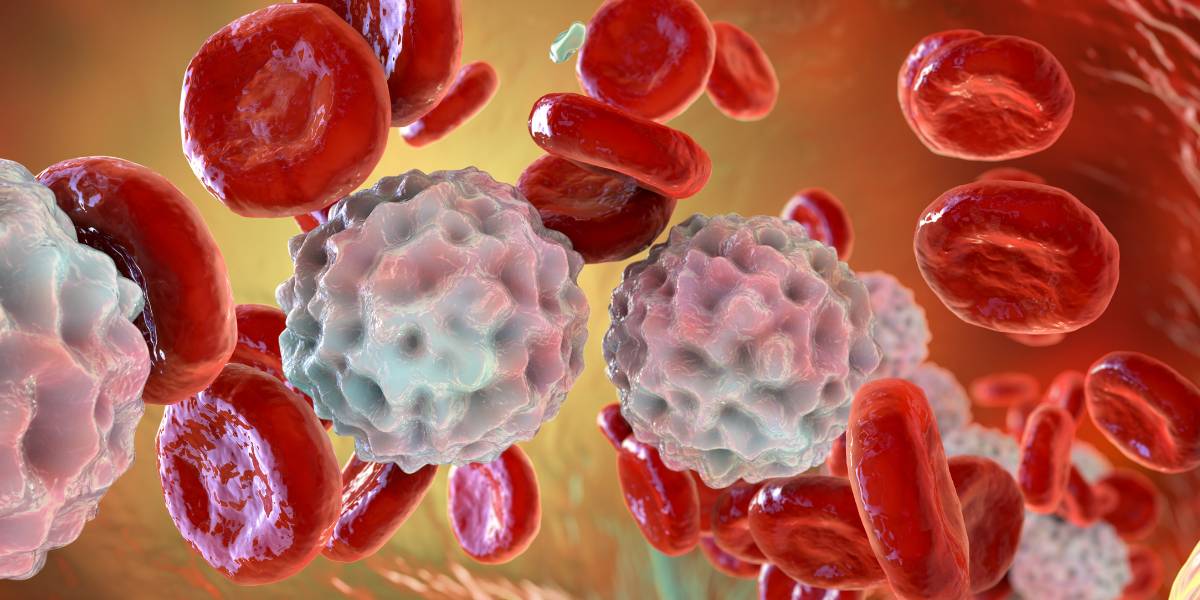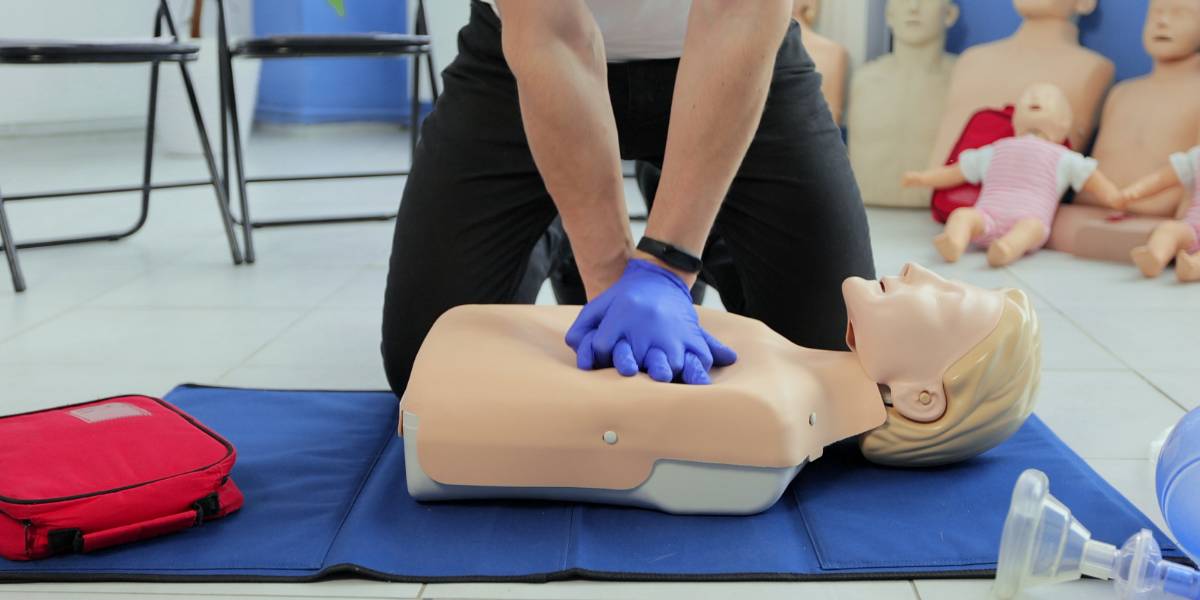Food control and being mindful of what you are eating is very important to people with either type 1 diabetes or type 2 diabetes , and this can be made even more complicated with the onset of gastric (stomach) problems.
Gastric problems are usually more common in diabetics who have had the condition for longer, and is mostly caused by neuropathy affecting certain nerves in the digestive system.
Most crucially is the vagus nerve, which controls a lot of the stomach functions.
Damage to nerves can happen as a result of extended hyperglycemia. Therefore, people who have had the disease longer are more likely to have had sufficiently high blood glucose levels to damage the nerves.
Heart burn and diabetes
The term “heart burn” is very misleading, as it has nothing to do with the heart. It is a stomach problem that occurs when stomach acid comes into contact with the oesophagus. The oesophagus is the tube that food goes down when you swallow and ends at the stomach.
Diabetics can sometimes suffer with heartburn as a result of damage to the nerves that control the lower oesophogeal sphincter, or the valve at the entrance of the stomach.
This means that after a meal, especially if lying down, the lower oesophageal sphincter does not tighten sufficiently and can let some acidic stomach content back into the oesophagus that can burn and feel irritated or painful.
A condition caused by the same degeneration of the vagus nerve is gastroparesis which is the inability of the stomach to empty, and push food into the intestine. If this occurs, the stomach will stay fuller for longer, opening up more opportunities for heart burn.
- For more information, see our guide on diabetes and gastroparesis
It is possible to combat the symptoms of heart burn with antacids which can be bought at chemists or in a lot of supermarkets.
However, always check the packaging and instructions, and ensure that the medications won’t interact badly with any anti-diabetic medications you already take.
Bacterial infections and diabetic gastric retention
When the body can only move food on from the stomach at a slow pace, bacteria has much more time to grow and spread on ingested food, and sometimes the body’s natural defences, such as stomach acid, is not enough to combat it, resulting in bacterial infections.
In addition, the immune system of people with diabetes can be weaker than in non-sufferers, and so are less capable of fighting off infections.
Furthermore, bacteria feed off glucose, and so large amounts of glucose in the body and bloodstream will promote bacterial spread
The symptoms of a gastric bacterial infection can be uncomfortable, painful, and embarrassing They include:
- Nausea
- Vomiting
- Bloating
- Belching and passing gas
- Pai, and
- Cramps
If you believe you might have a bacterial infection in the stomach, especially if you have already been diagnosed with gastroparesis, you should consult your GP or diabetes healthcare team
They should be able to prescribe antibiotics to help fight the infection.
Gastroparesis and bezoars
Bezoars are stone like objects that form out of indigestible matter in the stomach or sometimes in the intestines. They for from undigested matter clumping together , particularly when the sufferer has gastroparesis.
There are three types of bezoar:
- Phytobezoar – The main type of bezoar, phytobezoars are formed from indigestible parts of food, like cellulose.
- Trichobezoars – a rare type that is made out of hair like material, and can grow especially large and extend from the stomach to the intestine in a rope-like shape
- Pharmacobezoars – bezoars that can occur because of medications that haven’t dissolved properly in the stomach, and have stuck together to form a solid mass.
Bezoars can sometimes be naturally digested and passed, or they can be dissolved with medications. In some cases, particularly with trichobezoars, surgery is necessary to remove them.
Symptoms of bezoars include:
- Nausea
- Vomiting
- Lack of appetite
- Feeling full after eating only a small amount of food
Bezoars can also cause several complications such as intestinal bleeding, gastric ulcers and even tissue death in some extreme cases.
Bezoars and diabetes
Diabetes can cause bezoars because of neuropathy and gastric retention If the stomach can’t pass food matter onto the intestine, it has more chance of sticking together and forming a bezoar.
Preventing diabetic stomach problems
The best way to prevent all of these issues is to keep good control of your diabetes, which means keeping blood sugar levels within the safe zones All these issues are made more likely by neuropathy, which itself is caused by hyperglycemia.
Do your best to keep on top of all aspects of your diabetes care, including testing blood glucose , insulin treatment and dieting, but be wary of diabetes burnout







